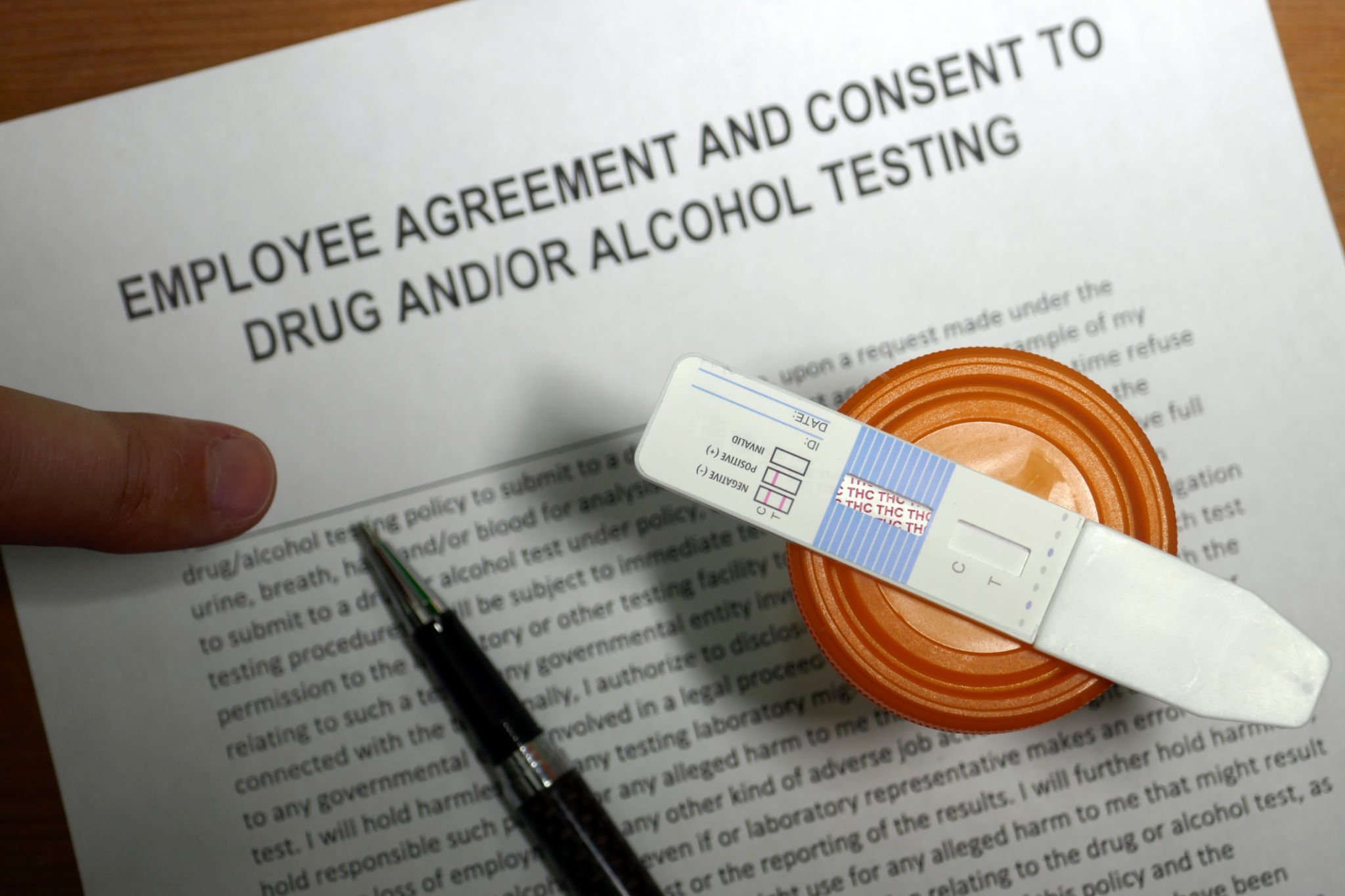Expert Tips on Implementing Effective DOT Drug Testing Programs
Understanding DOT Drug Testing Requirements
Implementing a Department of Transportation (DOT) drug testing program is a crucial aspect of maintaining safety and compliance within industries that fall under DOT regulations. These programs ensure that employees in safety-sensitive positions are free from the influence of drugs, thereby enhancing workplace safety and reliability.
The DOT has specific requirements that employers must adhere to, including the types of drugs to be tested for and the procedures for conducting tests. These regulations are designed to create a uniform testing process across industries such as aviation, trucking, and public transportation.

Developing an Effective Drug Testing Policy
To implement an effective DOT drug testing program, it is essential to develop a comprehensive policy. This policy should outline the objectives of the program, the testing procedures, and the consequences of non-compliance. Additionally, it should clearly define the roles and responsibilities of both employers and employees.
Employers should ensure that their drug testing policy is easily accessible and communicated to all employees. Regular training sessions can help reinforce the policy's importance and ensure that everyone understands their obligations under the DOT regulations.
Key Elements of a Drug Testing Policy
- Purpose and scope of the policy
- Types of tests conducted (e.g., pre-employment, random, post-accident)
- Substances tested for, as per DOT guidelines
- Consequences for positive test results

Training Supervisors and Employees
Training is a fundamental component of an effective drug testing program. Supervisors should be trained to recognize signs of substance abuse and understand the procedures for referring employees for testing. This training ensures that supervisors can handle situations professionally and in compliance with DOT regulations.
Employees also need to be educated about the importance of drug testing and the impact of substance abuse on safety. Providing clear information about the testing process and support available for those who test positive can help foster a supportive work environment.
Implementing Random Testing Procedures
Random drug testing is a cornerstone of DOT programs. It acts as a deterrent against drug use and helps identify employees who may be using prohibited substances. To implement random testing effectively:
- Select a scientifically valid method for random selection.
- Ensure all safety-sensitive employees have an equal chance of being tested.
- Maintain confidentiality throughout the process.

Managing Results and Ensuring Compliance
Once testing is conducted, managing results efficiently and ensuring compliance is critical. Employers must work with certified laboratories to analyze samples and report results accurately. This step is crucial in maintaining the integrity of the testing process.
If an employee tests positive, it is important to follow established procedures for handling such cases. This may involve confirming results through additional testing and providing opportunities for rehabilitation if necessary. Employers should consult legal counsel to ensure compliance with all relevant regulations.
Continuous Program Evaluation
An effective DOT drug testing program is not static; it requires continuous evaluation and improvement. Regularly reviewing program outcomes can help identify areas for enhancement and ensure ongoing compliance with DOT requirements. Feedback from employees and supervisors can be invaluable in refining policies and procedures.
By staying informed about changes in regulations and advancements in drug testing technology, employers can maintain a robust program that supports workplace safety and regulatory adherence.